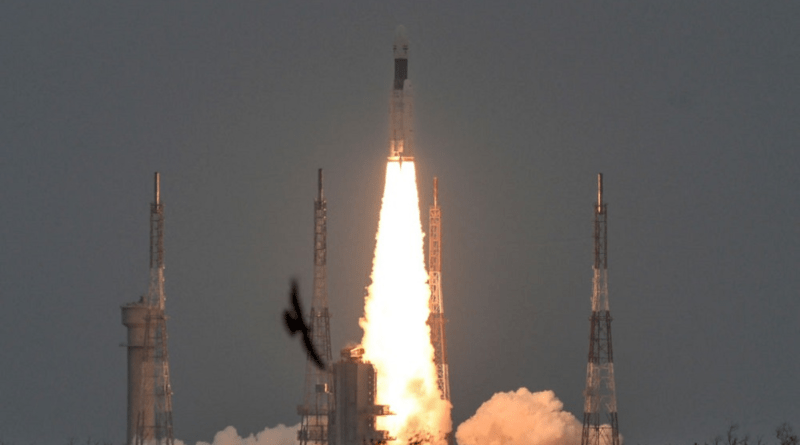Australia And India Actually Embrace An Edge In Tech
As 2024 begins, the combined dangers of Russia, Iran, and China (and, to a lesser extent, North Korea) will continue to dominate and destabilise international security, with the fundamental question being how democratic countries will respond.
The answer must be that they will respond proactively and collaboratively.
For Australia and Indo-Pacific stability, one of the most critical geostrategic trends is India’s growth as a global player and its convergence with the strategic goals of democratic peers, particularly its Quad partners.
In a couple of weeks in August and September of last year, India demonstrated its growing power in a dizzying assortment of headline-grabbing events. It hosted the G20 summit, proving its global convening power and ability to bridge the divide between developed and developing countries. It landed a spacecraft on the moon, attended a Quadruple Foreign Ministers meeting at the United Nations, and became entangled in an unpleasant feud with Canada over the assassination of Sikh separatist leader Hardeep Nijjar.
The importance of India’s rise does not excuse Delhi’s flaws.
AUKUS—both pillars one and two—was developed in direct response to Beijing’s unparalleled peacetime military buildup and its strategic goal of surpassing the United States in technological superiority. Beijing aims to use technology to manage its population, influence open societies, and make the rest of the world rely on Chinese technology, making opposition to aggression pointless. This is the ultimate type of deterrence, in which countries believe that opposing even Beijing’s most harmful actions will result in vengeance.
While we have sensibly committed to the AUKUS cooperation and its emphasis on defence technology, India should now be seen as a top-tier partner across the entire spectrum of essential technologies that affect national security. Indeed, India’s active involvement in the Quad and national resilience strategies is motivated by a shared assessment of Beijing’s potential technical strength. Since 2020, Delhi has banned over 350 apps, including TikTok and WeChat, due to concerns about data security, privacy, and espionage, as a response to territorial incursions and the growing influence of Chinese technology.
India is not alone in these worries; all Quad partners, as well as the United Kingdom and other European countries such as the Netherlands, are attempting to de-risk but, unlike India, are concerned about the effects of widespread prohibitions.
India’s role as a technology partner was highlighted by the successful landing of Chandrayaan 3 on the Moon’s South Pole, making it the first country to accomplish so and the fourth overall. An exclusive top tier of space powers, consisting of the two existing superpowers, the United States and China, as well as a disruptive but declining Russia, is now being joined by new players, including India.
Space technology is becoming increasingly significant in all areas of our existence. It provides greater visibility and benefits in a variety of domains, including military, maritime, air, ocean health, carbon dioxide, and hydrogen monitoring.
Strategically, the message to Australian officials and decisionmakers is clear: room must be left to our Quad partners, either as an economic enabler or to limit Beijing’s geopolitical objectives.
Without a doubt, Delhi’s Russia policy is not where Australia or the other Quad partners want it to be. This should be considered a work in progress. As Minister Jaishankar stated regarding the war in Ukraine, India has chosen the side of peace. This puts it in line with India’s Quad Partners’ policy of deterrence and stability, in contrast to Beijing and Moscow.
We should collaborate with Delhi to help India compete with China in terms of technology, economic independence, and regional stability.




